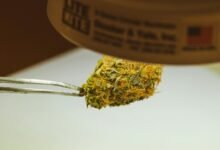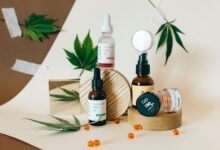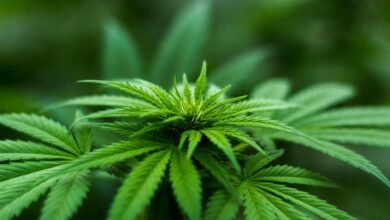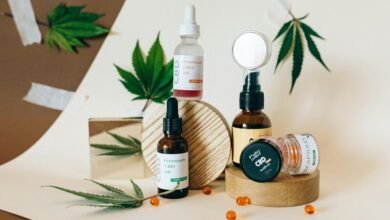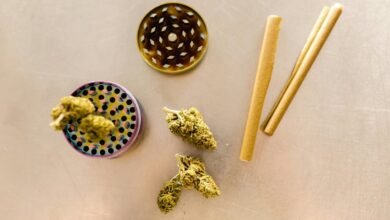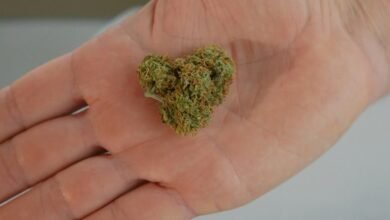Can You Grow Cbd
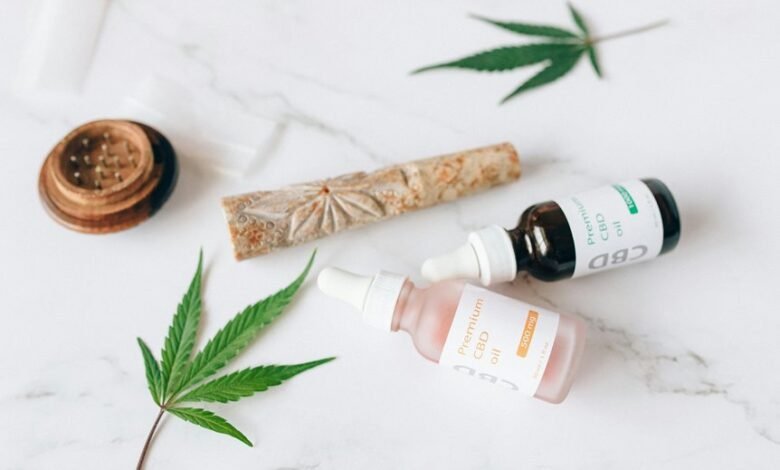
The cultivation of CBD has gained attention, yet it is fraught with legal challenges that vary significantly across regions. Success hinges not only on compliance with local regulations but also on selecting appropriate strains that maximize yield and potency. Understanding soil composition, nutrient requirements, and pest management is essential for fostering healthy plants. However, the intricacies of harvesting and processing can dramatically affect the final product. What are the next steps for aspiring cultivators in this complex landscape?
Understanding the Legalities of Growing CBD
The legal framework surrounding the cultivation of CBD (cannabidiol) is intricate and varies significantly across regions.
Legal regulations dictate the permissible THC levels, licensing requirements, and agricultural standards, necessitating strict state compliance.
Understanding these complexities is essential for cultivators seeking to navigate the landscape responsibly.
As the demand for CBD grows, so too does the need for clarity in legislative interpretations.
Choosing the Right Strains for CBD Cultivation
Navigating the legal complexities of CBD cultivation sets the stage for selecting appropriate strains that maximize yield and potency while adhering to regulations.
Understanding strain genetics is crucial, as specific varieties exhibit differing cannabinoid profiles.
Effective cultivation techniques, including optimal light conditions and nutrient management, further enhance the potential of chosen strains, ensuring that growers can produce high-quality CBD within legal frameworks.
Tips for Successful CBD Plant Growth
Achieving successful CBD plant growth requires a meticulous approach to various cultivation factors.
Soil preparation is critical; it should be nutrient-rich, well-draining, and tested for pH balance.
Additionally, effective pest management strategies, such as integrated pest management, can prevent infestations while minimizing chemical use.
These foundational practices ensure robust plant health, ultimately leading to higher yields and quality CBD production.
Harvesting and Processing Your CBD Hemp
When determining the optimal time for harvesting CBD hemp, growers must consider several key indicators, including trichome color and overall plant health.
Employing various harvesting techniques, such as hand-picking or mechanical cutting, can affect yield and quality.
Subsequently, effective processing methods—like drying, curing, and extraction—are crucial for preserving cannabinoids and terpenes, ultimately ensuring a high-quality end product that meets consumer demand for freedom in wellness.
Conclusion
In conclusion, cultivating CBD requires careful consideration of legal landscapes, strain selection, and growth strategies. By mastering these multifaceted factors, growers can maximize their yields and enhance the potency of their products. Comprehending the complexities of harvesting and processing further ensures that cultivators deliver quality creations to the market. Ultimately, a diligent approach to these dimensions fosters fruitful fields of flourishing CBD, paving the way for a prosperous and productive cultivation experience.

